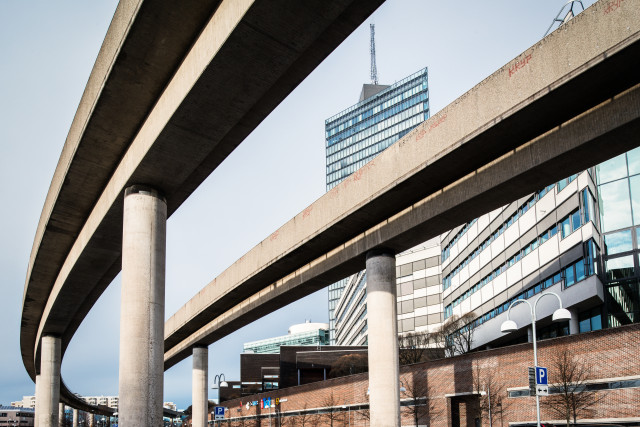The society, cities and the traffic system are developed based on different preconditions and needs. This development is directly or indirectly governed by decisions from different public authorities and other social actors. To ensure a long-term sustainable civil engineering, a coordinated planning of the traffic system, dwellings, green areas, service and trade etc is needed that is based on the local conditions and the relation to nearby areas and the region.
The course should give a basic understanding of how the city and the transport system are connected to climate changes and the economic preconditions at the local, regional and global level and how today's urban and traffic planning can contribute to sustainable civil engineering on the short and long term.
The following components will be included in the course:
1.The city as a system. Different functions in the city (housing, work, service, transport systems). The relation between different functions and the traffic flows they generate. Differences between cities and city parts.
2.Regional perspective on urban and traffic planning. Preconditions for the future development of the rural area. The post-industrial society. The role of traffic infrastructure in the region. The connection to transport political objectives. Network, localisation and regional cooperation.
3.The development of the traffic: How had the individual and the freight been developed through the history? Planning preconditions for car, public transport, bicycle and walking. How different means of transport differ from a traffic planning perspective regarding for instance capacity, and design of mobility and availability for road users with special needs, and traffic safety. Driving forces that influence the development.
4.The formal and informal planning process of the city. Governance, policy instruments, negotiation and PBL. Actor perspective. Cooperation within city and traffic planning. Path from planning to project management. Examples of different projects, large and small.
5.Transport political aims and the planning process. Choice of different transport solutions and the planning process for an infrastructure project.
6.Visions about the city. Challenges and ideas about the future development of the city. Sustainable city development and sustainable transport systems. Segregation and gentrification. Regional development cores.
7.Planning in practice. Ideal and principles that govern traffic planning. To develop a scientific foundation. Tools, cooperation, citizen participation.
The course treats the development of the city and the traffic system based on local and regional preconditions, and consists of:
Group assignment (PRO1: 3.5 credits) where students work in groups on a region in Stockholm and examine which problems and needs there are. Certain regions lie in the city, other a little outside the city and further in the outer districts, which have different development opportunities regarding housing, traffic supply etc. The groups make an analysis of the preconditions and propose a plan.
Individual submission (INL 1; 1.0 credits) where each student makes a general impact assessment of the plan of the group
Examination (TEN1; 3.0 credits) where lectures and reading list are examined.
